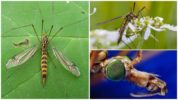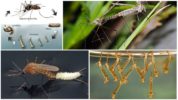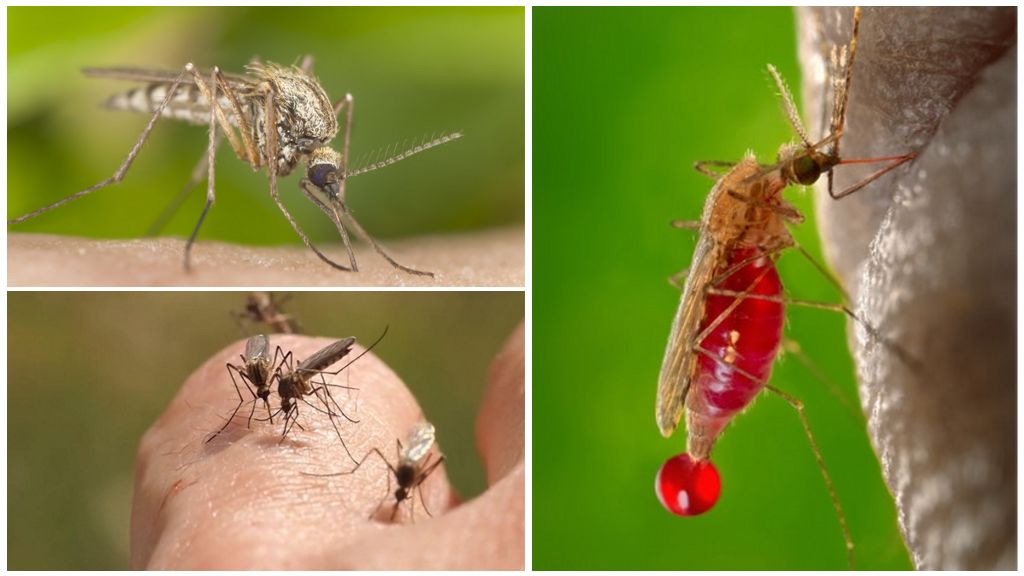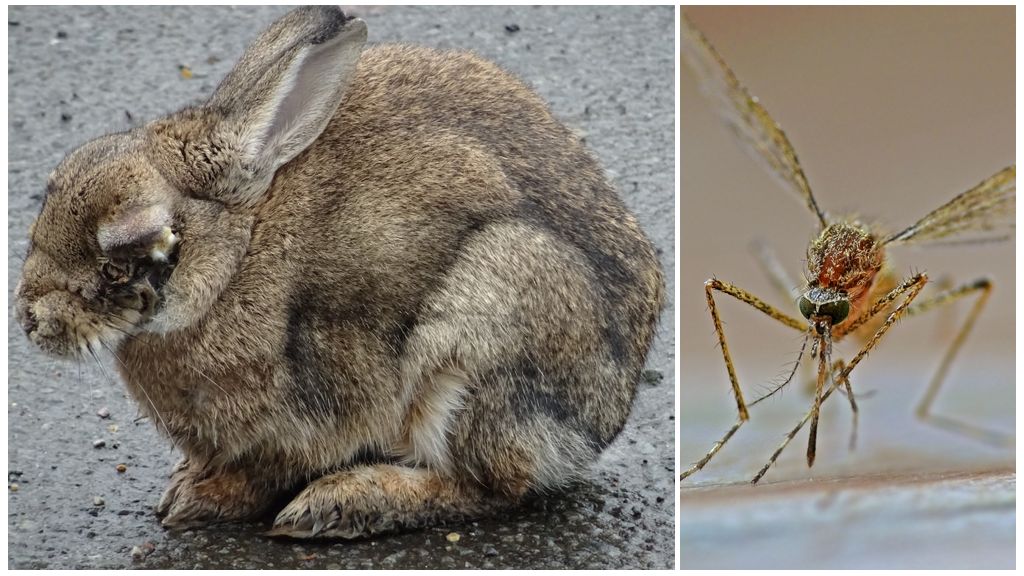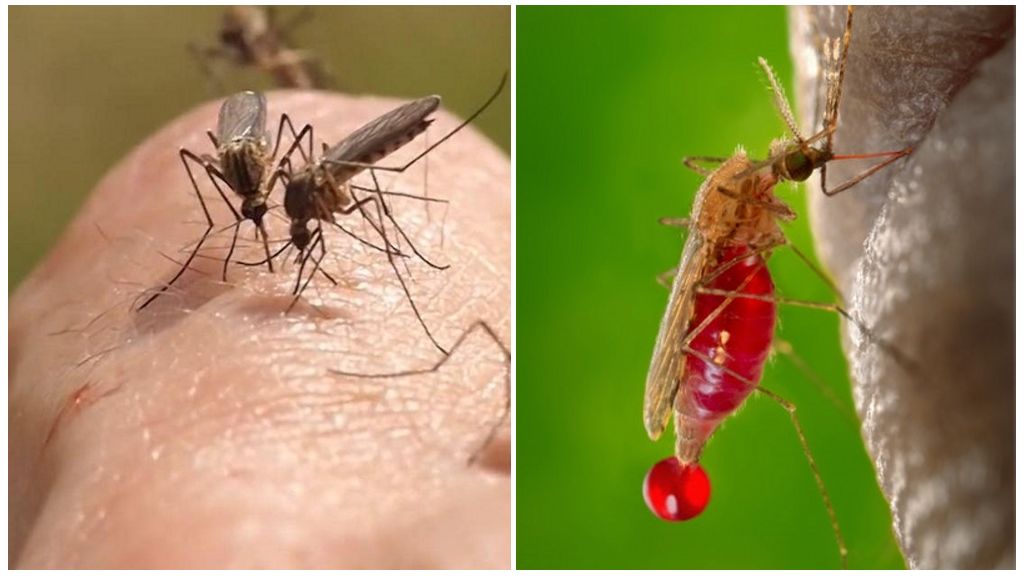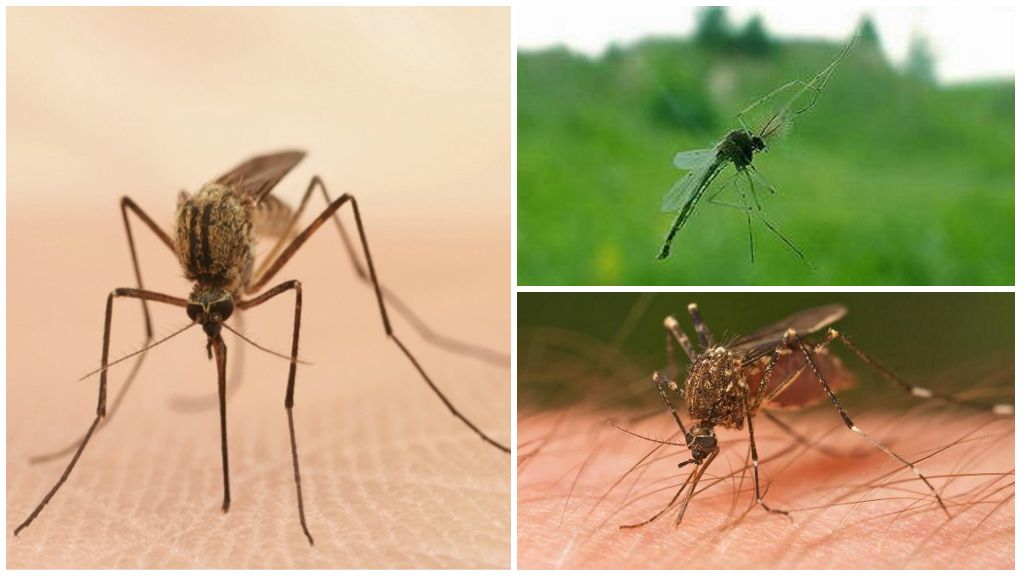- Large fly mosquitoes
- Breeding mosquito-centipedes
Many have seen an insect that looked like a large mosquito with long legs, breaking against glass. Often the size of the giant inspire fear and horror on the townsfolk. In fact, the mosquito centipede is a relatively harmless creature from the mosquito family, which has more than 4000 species. The most common are: poultry and pedisia, dichranota and karamora, as well as cylindrotomes and Falacrocera. Whether large mosquitoes bite and what danger they pose to humans can be found in this article.
Insect features
A large mosquito with long legs is called a centipede for a reason:
- The hallmark of the insect is its very long due to the legs of the limb. In this connection, the body length together with the legs can reach 6 cm. Larger are the inhabitants of the tropical climate, whose body length is up to 10 cm.
- The body color of large long-legged hair is mostly gray, there are also instances of yellow, dirty brown, greenish colors. Representatives with a red head meet.
- For the rest mosquito structure typical for all members of this family. The long-legged mosquito has a segmented body, consisting of 9-10 departments. In females, it has an elongated shape, males are distinguished by the presence of thickening in the upper part of the body.
- On the elongated head there are long antennae with numerous segments.
- Another feature of the centipede is the black faceted eyes, sometimes combined with rudimentary eyes. You can examine them in detail by studying mosquito under the microscope.
A huge mosquito is the owner of narrow and transparent wings, in some species they are spotted. In males they are much longer than in females. The hind wings are presented in the form of short processes that act as a stabilizer during the flight of the insect (a photo of a large mosquito is presented below).
Interesting!
Interesting fact about mosquitoes was identified during a study of their behavior. The phenomenon of self-mutilation or autotomy is inherent in insects: during a danger, a large mosquito takes off, leaving its foot in the legs or jaws of the offender.
Where the giant with long legs lives
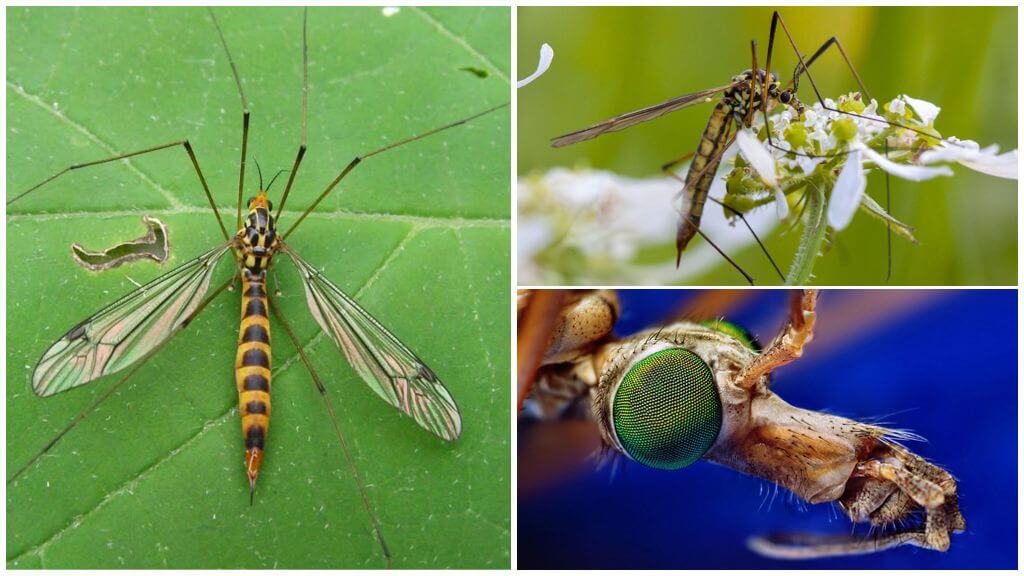
Centipedes live almost everywhere, with the exception of the regions of Antarctica and the Arctic. There is also a large mosquito in Russia (about 400 species). Preference is given to cool and humid places, living in freshwater bodies of water, as well as in marshy and forested areas. Insects settle in the grass, the crown of trees and shrubs. In the same place or nearby, they lay their eggs, trying to keep the remains of rotting plants nearby (rotten stumps, last year's deposits of leaves or coastal silt).
In the afternoon, a giant mosquito is inactive. He shows activity only in the evening, penetrating people's houses through open windows and doors. Insects begin to fly in mid-July; their maximum number is observed in August.
How does a long-legged mosquito breed?
The karamor mosquito lays eggs mainly in damp places: in decaying wood, in moist soil, fallen leaves, in water and silt. The female does this with the help of an ovipositor - a special spike resembling a sting.Bouncing, she plunges the ovipositor into a loose substrate, and then throws eggs covered in a black dense shell into it. At such moments, the female looks like a mosquito with a long tail.
Very soon, gray or dirty brown larvae with false paws, a well-developed gnawing apparatus and gills appear from the eggs. Their sizes vary depending on the type of centipede (on average, they usually reach 4.5 cm).
On a note!
Outwardly resembling worms mosquito larvae very gluttonous. Their favorite treats include algae and rotting parts of plants, roots of garden crops and tree seedlings. Especially a lot of troubles to people are caused by the larva of the garden centipede. It is she who more than other types bites the roots of vegetable and berry crops.
In the pupal stage, the future black large mosquito takes an oblong shape. A chrysalis crawls out of moist soil with the help of spikes, which are arranged in rows across the body on all segments of its body. Such tentacle-rollers are located even on the head of the pupa.
At the next stage of development, the larva of the centipede turns into an adult. The body size of such individuals is from 1.6 cm to 4 cm; externally they are very similar to adult insects. What the giant looks like at all stages, the development can be seen in the photograph below.
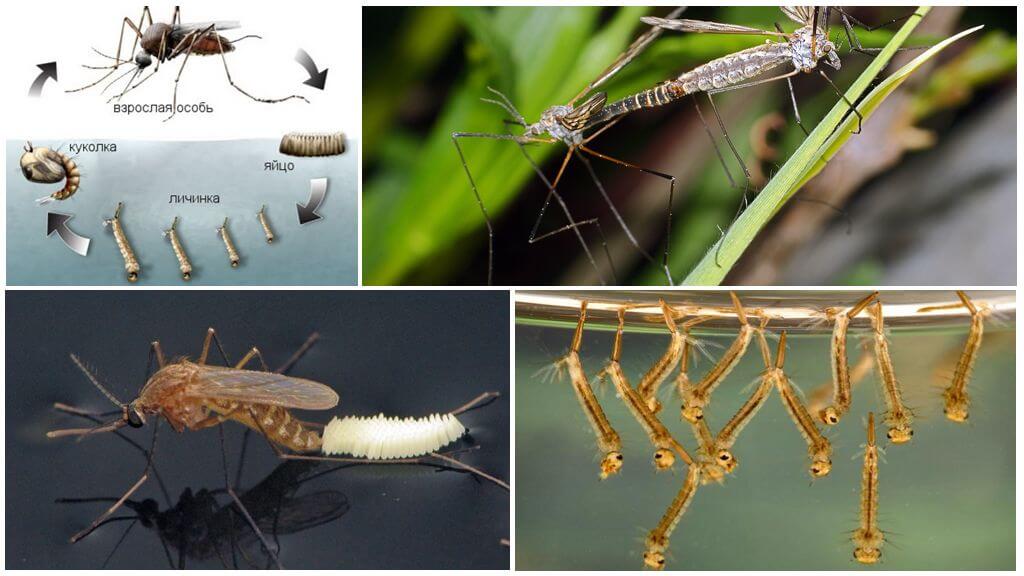
The whole process of development of future centipedes, depending on conditions, takes no more than 15-30 days. Eggs laid in September remain wintering expecting more favorable conditions. During the warm period, giant mosquitoes manage to reproduce no more than one generation.
What eats
The myth is that the bite of a large mosquito is very painful and dangerous. We hasten to reassure those to whom this insect inflicts fear: the centipedes do not feed on human blood. Large carameres do not have bristles with which to pierce the skin. Therefore, they physically cannot bite a person.
Important!
If it was bitten by a large mosquito, then most likely it was malarial appearance. A red mosquito is a blood-saturated female. Her bite is a danger to the victim if the previous victim of a bloodsucker was a malaria patient.
The mosquito the centipede eats exclusively dew and nectar of flowers. Larvae of giants use the remains of vegetation as food. Live plants can sometimes be consumed, just as it does weevil beetlethan causing great harm to agriculture.
Malicious representatives of this family include swamp, cabbage, and autumn centipedes. They seek to get rid of them in the process of growing cereals, legumes, and berry crops. For this reason, giants also have another name: grass mosquito or fruit mosquito. Some species of large mosquitoes do not need food at all, their main function at the end of the pupal stage is only reproduction.
